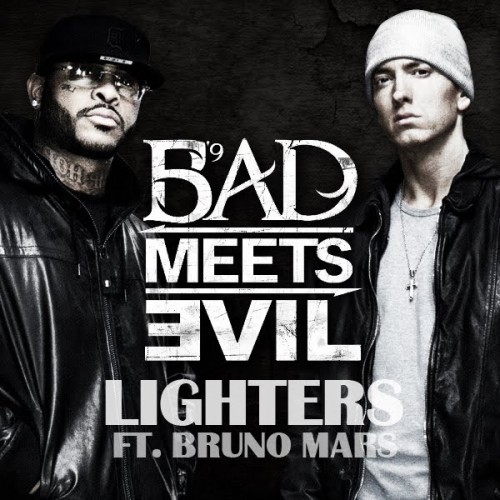Download “The Essential Secrets of Songwriting” 6 E-book Bundle. Become a top-level songwriter, starting now.
_________
 The rhythmic choices you make as you compose a song are strong contributors to the overall energy level of your music. Some aspects of rhythm are determined by your lyrics. But other details can be more fully under your control: the kind of groove used in your drums, percussion and backing instruments in particular. There are other factors that contribute to rhythmic energy: choice of time signature, for example. It’s important to keep all of this in mind, because you’ll generally want the end of a song to be at least as energetic, if not more so, than the beginning. Here are ten ideas you can try that will all contribute to an increase in rhythmic energy.
The rhythmic choices you make as you compose a song are strong contributors to the overall energy level of your music. Some aspects of rhythm are determined by your lyrics. But other details can be more fully under your control: the kind of groove used in your drums, percussion and backing instruments in particular. There are other factors that contribute to rhythmic energy: choice of time signature, for example. It’s important to keep all of this in mind, because you’ll generally want the end of a song to be at least as energetic, if not more so, than the beginning. Here are ten ideas you can try that will all contribute to an increase in rhythmic energy.
- Use shorter rhythms in the verse, and longer ones in the chorus. Hip hop artists have known this forever. You’ll notice that the most active rapping with the quickest rhythms occurs in the verse, and longer values occur in the chorus. Current hit “Lighters” by Bad Meets Evil (Royce da 5’9″ and Eminem) demonstrates this very well.
- Use rhythmic syncopation as an energy builder. Syncopation means temporarily placing significant rhythmic events between beats rather than on the beat. This displacement tends to generate forward energy as the listener anticipates the return to non-syncopated rhythms. The clavinet intro to Stevie Wonder’s “Superstition” uses syncopation in a very subtle but effective way.
- Use displaced accents. Accenting notes in between beats is a type of syncopation, demonstrated really well by the opening brass shots in Chicago’s hit song “Free”, from Chicago III.
- Drop drums/percussion from beat 1 of the bar. Silence that happens on a beat that normally is in a rhythmically strong position (the first beat of a bar) is a great way to generate energy. As with syncopation, the energy comes from the listener’s sense of expectation.
- Use changing time signatures. This is an important rhythmic device that needs to be used with care. If you suddenly and temporarily change the time signature, the resulting “chaos”, if you will, can build energy that gets released when the original time signature is re-established.
- Use strong on-the-beat rhythms. A bit like the opposite of syncopation, placing words strongly on the beat can generate a lot of energy. Check out the chorus of the McCartney/Costello tune “My Brave Face” (starting with “Where I can’t find my brave face…”) as a good example.
- Suspend time (insert pauses in the music). Stopping time is a great way of creating energy. Be careful not to overdo this, because it can get trite. But pausing between verse and chorus is a great idea to play with.
- Drop drums/percussion, or other rhythmic instrument, but keep the tempo moving. Whenever you drop an instrument from the mix, especially one that everyone expects to hear, song energy increases as the listeners anticipate that instrument’s return to the mix.
- Increase tempo. Sometimes a subtle change in tempo is all that’s needed, such as the tempo change you notice when you compare the beginning of “Stairway to Heaven” to the final choruses (at about 6’45”). Again, use this with care. It’s not the sort of thing you can incorporate into every song.
- Switch from 2- or 4-part subdivision of the beat to 3-part subdivision. Most songs use rhythms that divide the beats into 2, 4 or 8 parts. That’s the norm. So try suddenly throwing in a triplet. A triplet divides the beat into 3 parts, and can momentarily grab attention and build song energy.
____________
Follow Gary on Twitter
 “The Essential Secrets of Songwriting” 6 e-book bundle will show you how to write great songs, harmonize your melodies, and give you hundreds of chord progressions in the process.
“The Essential Secrets of Songwriting” 6 e-book bundle will show you how to write great songs, harmonize your melodies, and give you hundreds of chord progressions in the process.
PURCHASE and DOWNLOAD the e-books for your laptop/desktop










Pingback: Creating Confidence through Music.